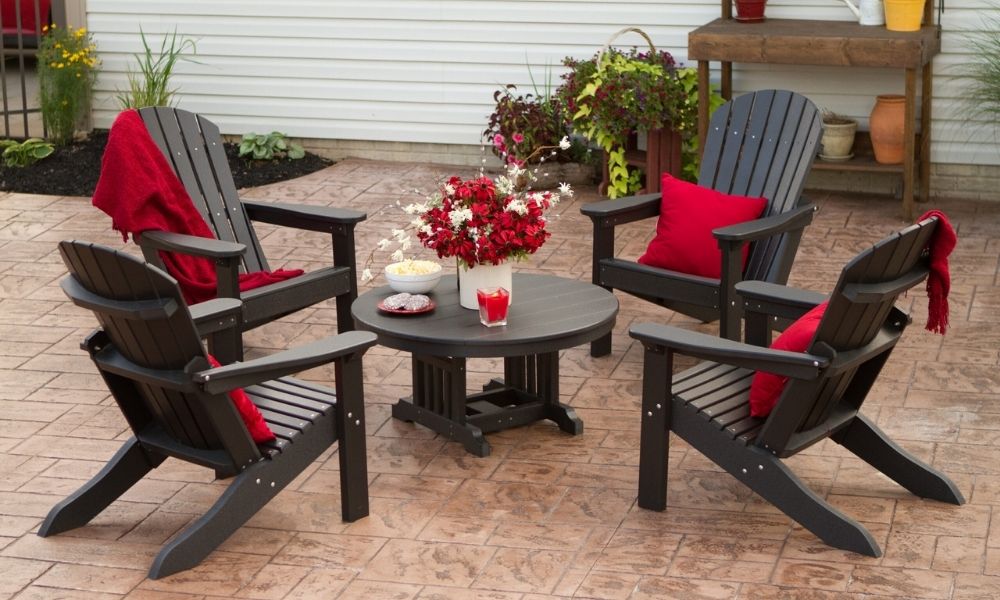Steps in the Furniture Design Process

Furniture is such a fundamental part of a home that the average person may not think much about what goes into actually creating the furniture. However, the reality is that a lot of consideration, trial, and error is necessary to produce practical and visually pleasing furniture. These are the main steps in the furniture design process that you should be aware of.
Research and Conceptualize
Before beginning to create your own design, you need to do some initial research. In this stage, a designer will typically find classic and contemporary pieces to draw inspiration from. The specifics of research largely depend on what you’re after stylistically or what a client asks for or needs.
From there, you can start to conceptualize your furniture piece. You must consider not only how you want it to look but also its comfort, cost, and its intended context. For example, a chair meant for an outdoor space might be hard, smooth, and made of a material such as metal, wood, or plastic lumber.
Make a Model and Prototype
Once you have a concept drawn up, you can proceed to make a scale model of your furniture piece. In order to conserve resources, the model should be smaller than the size you actually intended the furniture to have. The purpose of creating it is to figure out if there are any issues you might’ve overlooked while designing the concept. If you do encounter problems, the scale model gives you the opportunity to go back and make revisions.
After the scale model, it’s time to prototype it in its full size. The idea behind the prototype is similar to the scale model because it gives you room to work out kinks in the design. Since it’s near its final form at this point, the prototype also lets you determine if the furniture piece is feasible with regards to the manufacturing processes.
Test and Present
To ensure your furniture piece is functional, it must be tested. If your piece is a table, for instance, it should be unshakable and unbendable when you place various objects on its surface or have a person lean against it. During testing, you can also perform checks to find out the maximum amounts of force that your piece can withstand before it breaks. In doing so, you’ll keep the end users safe.
With your piece finished, the remaining step in the furniture design process is to present it to your client or customers. A client can tell you if there’s anything more that they want you to change after viewing it. If you’re targeting a wider customer base in general, you can take pictures of the piece for online product pages and display it in a physical space.
If you’re designing outdoor furniture and need a suitable material that will allow your design to resist water, sunlight, decay, splintering, and excessive warping, call Tangent. Our furniture grade plastic lumber is both attractive and resilient and doesn’t need any additional treatments to protect it from the elements. You can obtain it in earthy neutrals or vivid, upbeat colors.












